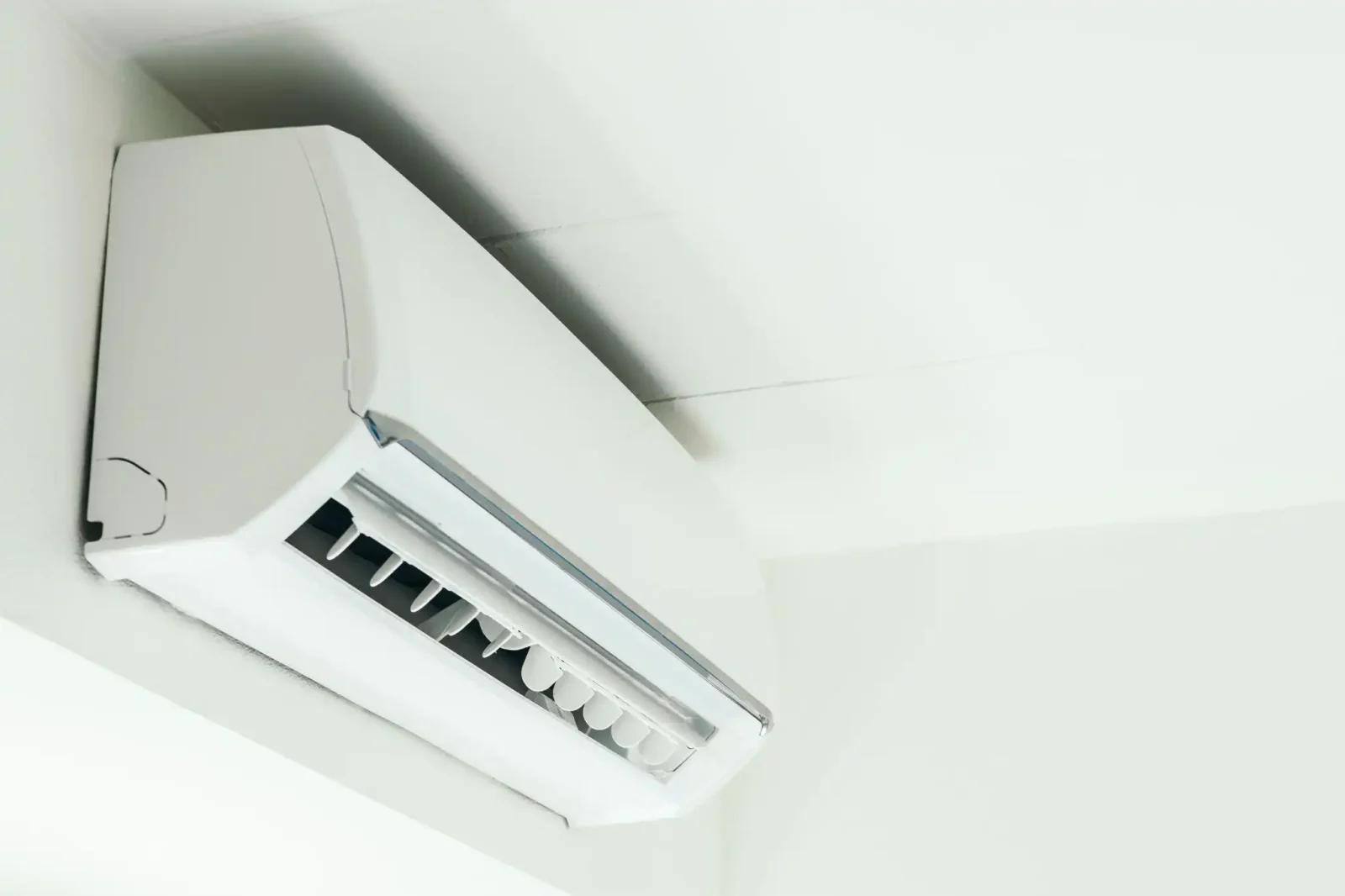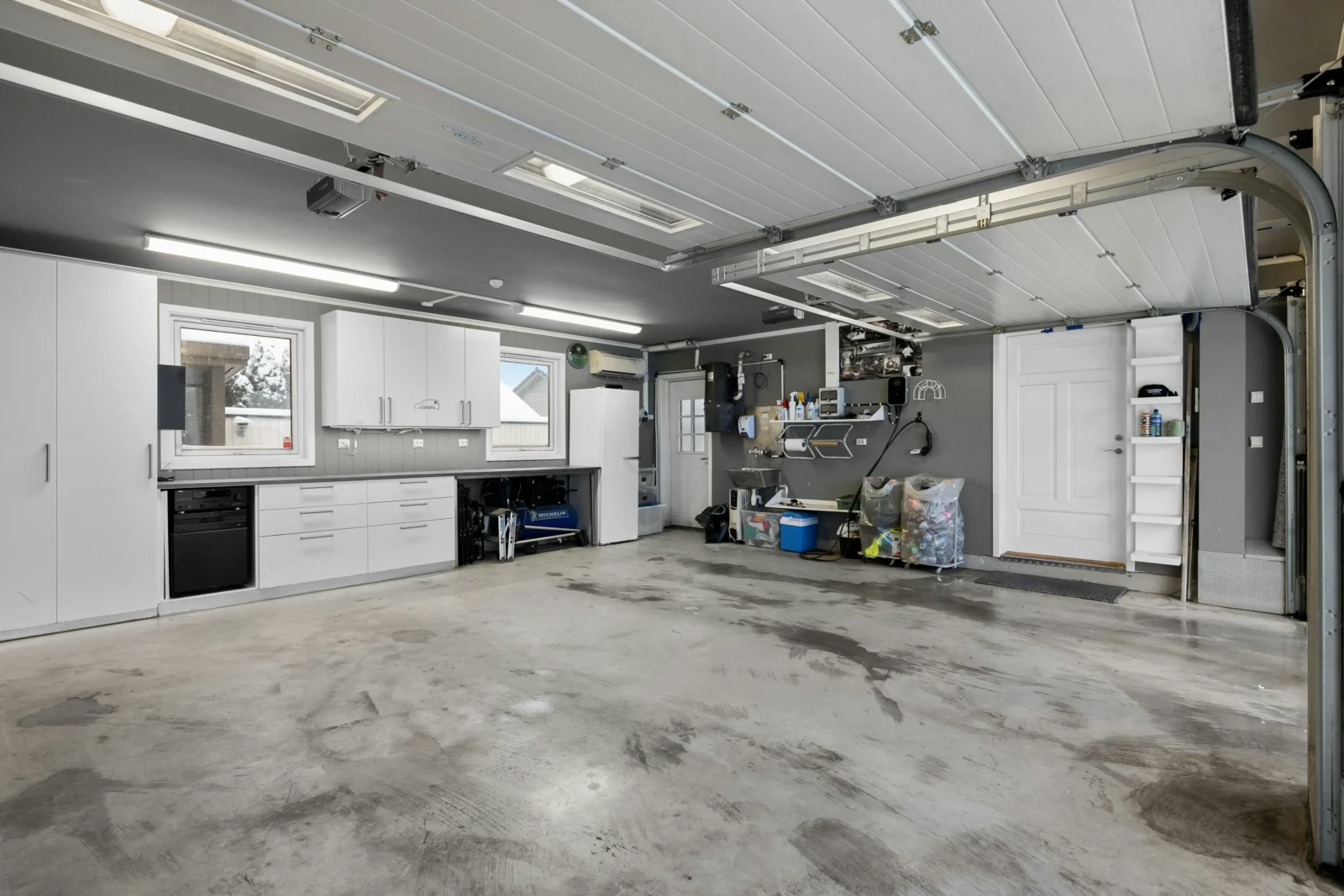- Home
- Articles
- Architectural Portfolio
- Architectral Presentation
- Inspirational Stories
- Architecture News
- Visualization
- BIM Industry
- Facade Design
- Parametric Design
- Career
- Landscape Architecture
- Construction
- Artificial Intelligence
- Sketching
- Design Softwares
- Diagrams
- Writing
- Architectural Tips
- Sustainability
- Courses
- Concept
- Technology
- History & Heritage
- Future of Architecture
- Guides & How-To
- Art & Culture
- Projects
- Interior Design
- Competitions
- Jobs
- Store
- Tools
- More
- Home
- Articles
- Architectural Portfolio
- Architectral Presentation
- Inspirational Stories
- Architecture News
- Visualization
- BIM Industry
- Facade Design
- Parametric Design
- Career
- Landscape Architecture
- Construction
- Artificial Intelligence
- Sketching
- Design Softwares
- Diagrams
- Writing
- Architectural Tips
- Sustainability
- Courses
- Concept
- Technology
- History & Heritage
- Future of Architecture
- Guides & How-To
- Art & Culture
- Projects
- Interior Design
- Competitions
- Jobs
- Store
- Tools
- More
From Minor Malfunction to Major Breakdown: Spotting Early Red Flags in Commercial AC Units

In commercial properties, an operational air conditioning system is much more than a comfort feature; it is a necessity. However, commercial AC units tend to operate in the background until an issue arises that cannot be ignored.
This article looks at how to detect these commercial AC unit problems in the early stages, the meaning of the red flags, and the proactive steps that can be taken to ensure that commercial AC systems operate efficiently and reliably.
Table of Contents
ToggleSubtle Performance Shifts That Signal Trouble
Performance change can be listed among the earliest signs that something has gone wrong before you seek commercial AC repair.
Premature symptoms are subject to include:
- The first floor has uneven cooling in various areas or rooms.
- Prolonged cooling is difficult to reach the required temperature.
- The humiditz or clammy feeling can be felt inside the building, despite the presence of the AC.
- Doing a lot of adjustments on the thermostat to keep cool.
Such minor issues can be used as indicators of refrigerant leakages, clogged air filters, or malfunctioning compressors.

Sounds and Smells That Shouldn’t Be Ignored
New sounds begin to appear in the ducts, vents, or condenser units, which are often a sign of mechanical malfunction. The average lifespan of a commercial AC unit is 40% lower than ten years previous.
Examples of common noises and the causes thereof are:
- Grinding or screeching: This will be an indicator of either worn-out bearings or a broken motor.
- Banging or clanking: It may come as a sign of a loose or broken internal part.
- Clicking: This may indicate a problem with the electric circuit or a broken capacitor.
- Hissing or bubbling: Oftentimes is indicative of a leakage of a refrigerant.
Smells may also be used as warning signs:
- Odor: Could be indicative of excessive heating of electrical appliances or motor run.
- Musty smell: It means that there is a presence of moisture or mould in the ducts or coils.
- Odor of a chemical nature: It can also indicate that the refrigerant is leaking; this must be addressed by the professional.
Other sensorial indicators should not be overlooked, or they may cause more severe and costly harm.
Energy Bills and Usage Trends as Warning Lights
The next tip, which is a small but not unnoticed symptom of commercial AC unit problems, is your monthly energy statement. When an air conditioning system in a commercial building is approaching efficiency loss, it must strain itself in order to keep the cool temperatures normal. The result? An apparent increase in energy usage.
These trends to be followed are:
- There is an increasing cost of energy despite the constant consumption rates.
- There were more run times, particularly in moderate weather.
- Unforeseen rises or falls in the demand for power or the preparation of the breaker.
The excessive use of energy may be caused by such factors as dirty coils, old belts, blocked filters, or a low concentration of refrigerant that decreases the efficiency of the unit.
Physical Signs That the Unit Is Struggling
The inspection of the indoor and outdoor units should be conducted regularly in order to spot the first signs that cannot be ignored.
Physical warning signs AC shows include:
- The ice appears on the coils of the evaporators or the lines of refrigerant.
- Ponding of water at the unit is an indication of drainage or condensate problems.
- The rust or ironing on metallic parts or bonds.
- Wires with frayed or broken insulation are considered electrically dangerous.
- The accumulation of dust in vents or filters may hinder the flow of air.
Even minor leakages or exposed wear can be indicative of even bigger issues under the skin.
When Delayed Maintenance Turns Into Downtime
Commercial AC units are overloaded, particularly in summertime when the peak loads occur. In the long run, failure to maintain the equipment leads to increased wear and tear, increasing the sudden breakdown, causing a disruption of operations.
The results of maintenance are:
- Sudden equipment failure that stops business operations.
- Increasing repair expenses as a result of component failure.
- Shorter lifespan of the systems and a lot of replacements.
- Indoor air quality is reduced due to dirty or mouldy parts.
- Uncomfort of employees or consumer dissatisfaction during downtime.

Repairing an emergency becomes very expensive compared to regular maintenance. Preventing AC breakdowns is simple by changing filters, cleaning coils, and checking the system to significantly decrease the chances of unplanned failure.
Proactive Steps to Stay Ahead of AC Failures
To avoid big warning signs AC shows before breakdown, it is not about quick solutions, but a systematic approach to the maintenance of the system.
Some of the major preventive strategies are:
- Precautionary check-ups
- Replacement of filters
- Check the coolant concentration
- Coil and duct cleaning
- Smart monitoring tools
Developing a predictive maintenance schedule based on the equipment information and previous performance helps the facility managers to act before the issues escalate. By collaborating with skilled HVAC specialists, such as Chill Heating and Cooling, an opportunity to provide timely maintenance checks and develop a specific maintenance strategy will be available.
Conclusion
The systems of commercial air conditioning are also very important assets that should be taken care of keenly. Even such minor concerns as the unreliable weather conditions, strange noises, and increasing utility prices can act as the first indicators of a more serious mechanical or electrical issue. When such signs are ignored, simple failures may result in serious failures leading to loss of time and cash for the businesses.
illustrarch is your daily dose of architecture. Leading community designed for all lovers of illustration and #drawing.
Submit your architectural projects
Follow these steps for submission your project. Submission FormLatest Posts
Top Modern and Stylish Bathroom Architectures In 2026
Bathroom design, much like other aspects of interior design, is always changing...
Exterior Enhancements That Turn Every Entrance Into A Showcase
The front of a home sets expectations before anyone touches the handle....
Are Organic Bamboo Sheets Worth the Investment?
When it comes to getting a good night’s sleep, the quality of...
Converting Garages to Living Spaces: Structural Changes That Require Professional Engineering
When considering a garage conversion to extend your home’s living space, understanding...












Leave a comment